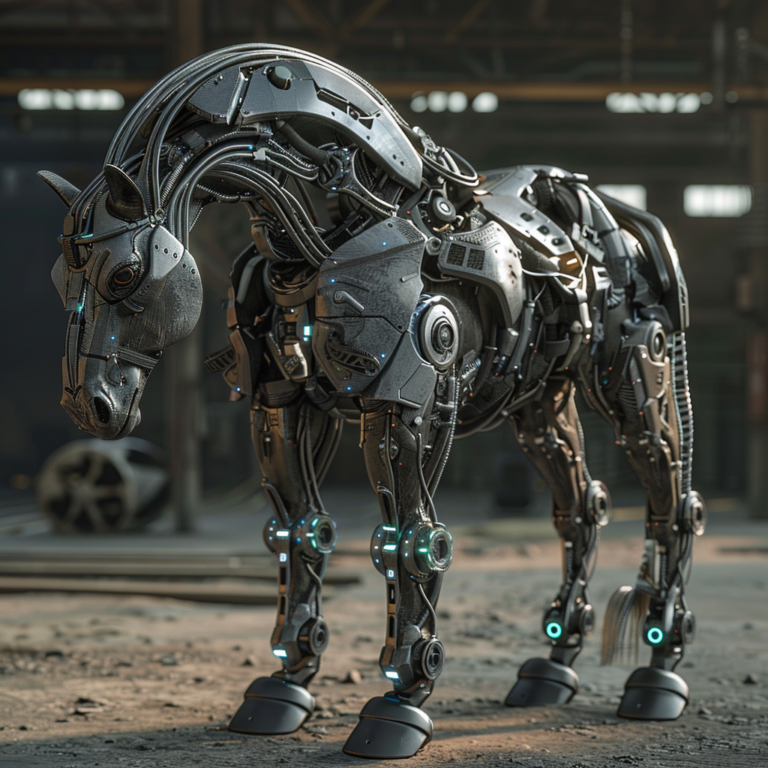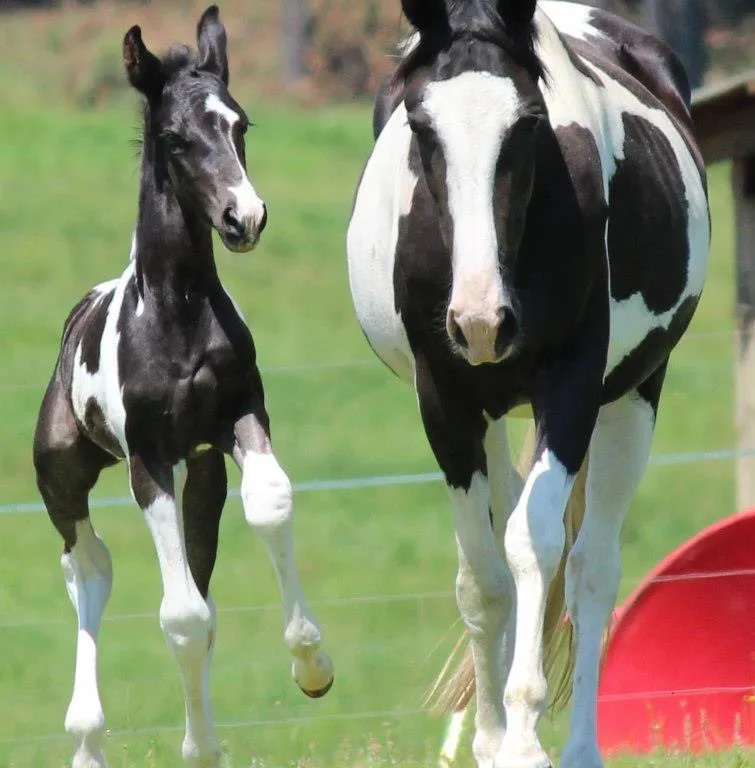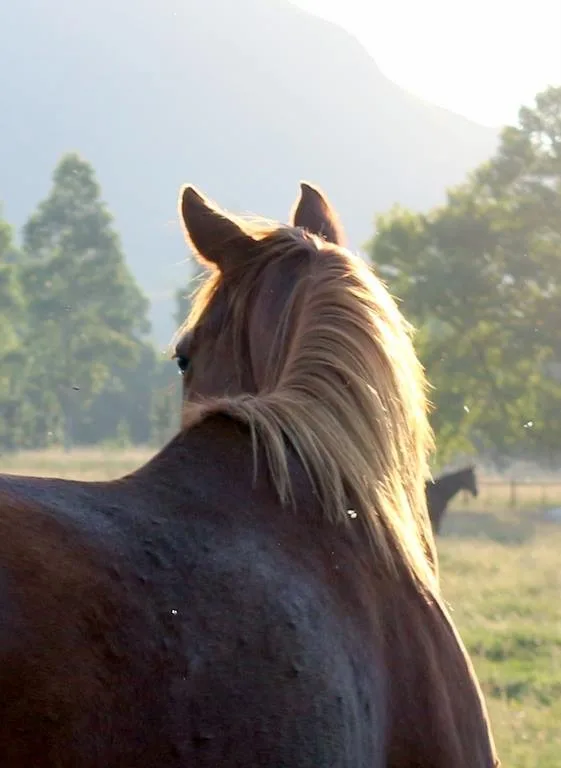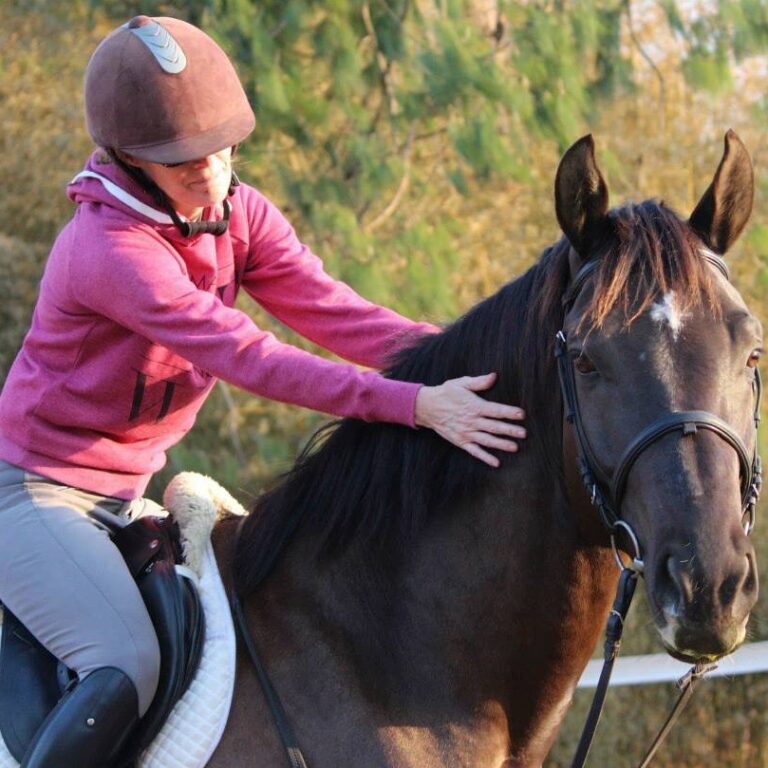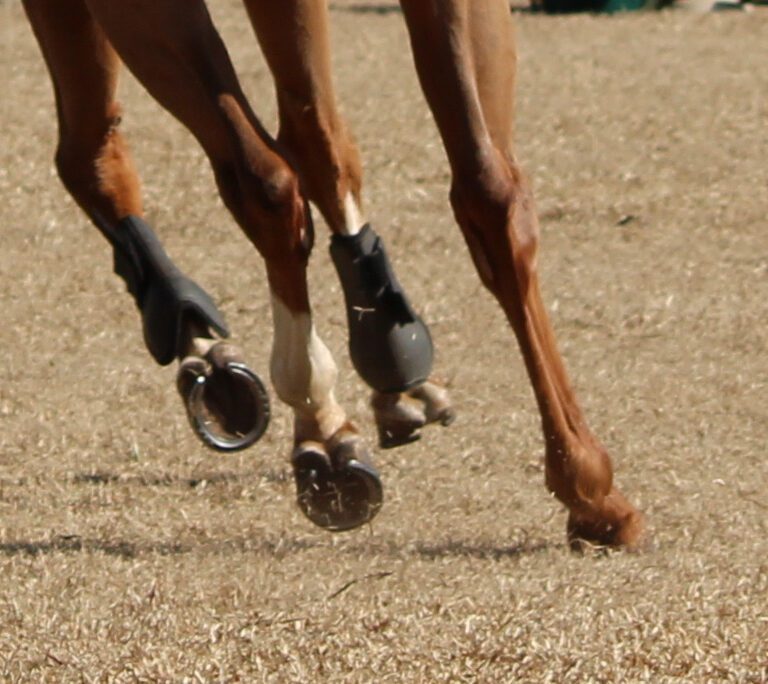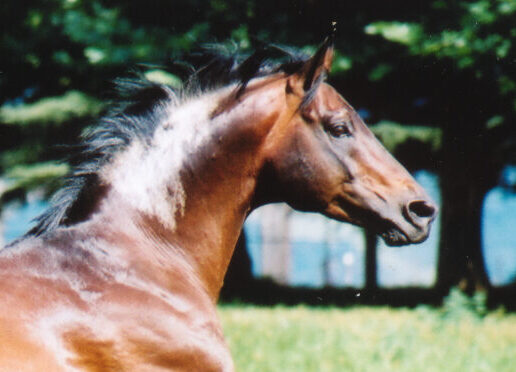The Benefits of Gelding Your Horse: A Comprehensive Guide
Gelding your horse makes the young horse much easier to handle and is very important to control unwanted breeding. Very few colts are good enough in all aspects to become a breeding stallion – a colt must have the right temperament, conformation, and bloodlines to be worthy of being a breeding stallion. Geldings make super riding horses that are easy to handle compared to a stallion.
The scientific name for gelding is orchidectomy – “orchid” meaning testicle and “ectomy” meaning to remove – therefore orchidectomy means to remove the testicles.
Why Geld Your Colt
Most colts are gelded because they are not going to be used as breeding stallions. When stallions reach maturity they become quite difficult to handle and control as their hormones kick in. They become more interested in covering mares than anything else and unless they are taught good manners and respect (doing this kindly by experienced horse people) they can become a danger to the people around them and other horses.
Being a stallion is a lonely life for a horse and most stallions have to be kept on their own, they can become too combative to be put with other horses and they become quite difficult to handle. You never quite know when they might act up and all precautions must be taken around a stallion at all times.
We had 6 breeding stallions over the years and they were all quite different to handle and how much care needed to be taken around them. Carrick and Talisman were very easygoing most of the time but quite a handful when mares were around and they were about to cover. Dwayne was always very easy no matter where he was. Senergy would go where he wanted to when he wanted no matter what you had on him bridle wise but was an angel under saddle even around mares. Don Colour was a lazy coverer but would bite the mares he covered for no reason and Waldemar was everything you hear about a difficult stallion. Only our most experienced groom could handle him except when he was under saddle.
For many reasons, it is the kinder thing to do to geld your horse. He can then be out with other horses and live in a herd environment and he will be much easier to handle than if left as a colt.
What is the best age to geld a colt?
A colt goes through puberty between 18 – 24 months. A colt gelded before he reaches puberty will not get stallion-like features. He will have less muscle mass and a lighter neck than if left to be a stallion.
The younger a colt is gelded, the easier he will be to handle. He will not have learned any stallion behavior. It is also an easier operation needing a smaller incision to cut the testicles which help in the healing process. It is standard to wait until both testicles have dropped before attempting to geld but most often if the two testicles have not dropped by 18 months then they are not going to and the vet will have to operate to try and find the offending testicle.
We found over the years that the best time to geld our young warmblood colts was at around 18 months old during their second winter. We always gelded in winter because there are no flies and the cold helps keep the swelling down.
Gelding at this age the young colts would grow to their full potential height. We were not wanting them to get the more of a stallion neck and bulking out sideways as some breeders do, if they have correct conformation they will naturally have a super topline and enough muscling as a gelding.
the gelding process
The gelding process is very simple but should always be done by a qualified veterinarian :
- The veterinarian administers a sedative to the colt.
- The vet will administer a local anesthetic to the surgical site and will attempt to geld while the colt is still standing. Most castrations can be done standing but some colts will still react by kicking out and will need to be given an anesthetic to be laid down and operated on, this is more expensive and more dangerous, any anesthetic is nerve-wracking.
- The vet will thoroughly clean the area with antiseptic.
- An incision is made through the scrotum to expose the testes.
- The blood vessels above the testicles are clamped off for a minute or two.
- Both testicles and the associated structures – the epididymis and part of the spermatic cord are removed. The spermatic cord is the tube-like structure that contains the blood supply, ductus deferens, and nerve supply to the testicle.
- The incision will be left unstitched which will allow for drainage of the area.
Aftercare
The care for after your colt is gelded is to hose down the open wounds where the testicles were removed with clean fresh water for at least 10 minutes twice a day for the first 3 days. Your colt should be encouraged to move around as much as possible so leaving them out at night would benefit them, this is to minimize swelling in the area.
If you keep your young new gelding in a stable the wound can swell up and cause some discomfit from him not moving around enough and he will be hesitant to move. The hosing down of the area twice a day for the first 3 days and then once a day until all signs of swelling are gone helps reduce the swelling and will keep the wound nice and clean. Most colts will not like this to start with but with gentle coaxing, they soon realize that it makes them feel better and enjoy it.

what is a proud cut gelding
Some colt’s testicles do not both drop, this is called a cryptorchid – one teste is in the colt’s body and has not dropped. This makes it more difficult to geld the colt as that teste needs to be located in the body of the colt. This can be hard to find and gelding him can become an invasive surgery as the vet has to open the colt’s abdomen to find the undropped testicle.
Occasionally some of the epididymis (the sperm storage site which is next to the testis) can be left behind at the time of castration or the testis might not be fully removed – this is called “a proud cut” gelding.
This is only noticed when the gelding reaches puberty and starts showing stallion-like behavior. Diagnosing this can be done with rectal palpation of the abdomen to find the retained testicle, an ultrasound examination of the abdomen or blood tests testing for the levels of testosterone in your gelding but even this can not be 100% proof as a cryptorchid testicle will not produce as much testosterone as normal testicles do.
A stallion with two descendent testicles will have levels of 500-1000 pg/ml testosterone in their blood whereas a gelding with a cryptorchid would possibly show testosterone count as little as 100-150 pg/ml which is more than a gelding but it is most likely he will not produce viable sperm and would not be fertile but this is enough testosterone for him to be showing stallion tendencies.
Cryptorchid is a dangerous condition as the retained testicle can develop tumors as it is being kept too warm inside the horse’s body as well as the colt not being handled as a stallion. These tumors can become life-threatening if not diagnosed.
If your “gelding” is diagnosed with an incomplete castration the remaining testicle should be removed, this can be quite a serious operation if the testicle is retained deep within your colt’s body.
Do Geldings grow taller than stallions?
There was a study done by a Texas college that concluded that gelded colts did grow taller than ungelded colts at their final measurements. They measured horses who were siblings or at least closely related with the same size parents over several years until fully mature. This might make a gelding grow maybe 1/2 inches taller than a horse that is not gelded before 2 years old.
The reason for this, they found, was that colts have a rush of testosterone which closed their knees at younger ages than gelded youngsters. They also thought that height was also reduced in a colt left as a stallion as their testosterone went towards building extra muscle that a stallion carries and not into growing height.
This is why racing thoroughbreds are often left as long as possible before being gelded because they mature quicker when left as colts. Showing people do the opposite and geld early and are happy to leave their horses to grow at a slower rate and reach the full potential height.
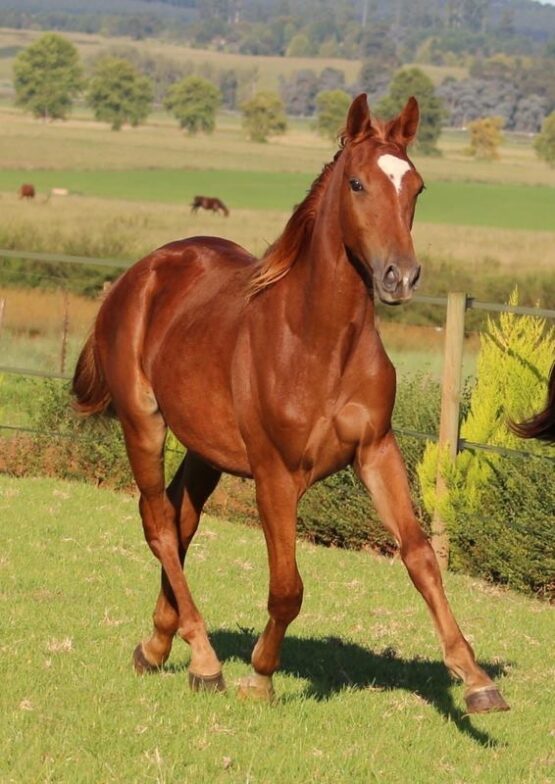
What happens when a horse is gelded late
Some geldings will act studly around mares in season no matter what age he was gelded. This is very much dependent on the character of your gelding. A stallion who is gelded late will lose all the testosterone in his body and his behavior should change accordingly.
If gelding the older stallion doesn’t change his behavior this will be because of learned behavior and kind retraining of the horse can change your horse’s behavior. Knowing it is not testosterone causing this behavior helps in the planning of his training.
how late can you geld a horse?
It is possible to geld a stallion into old age. Generally, this would not need to be done – if a stallion has got to 20 years old it is most likely not a good idea to make such a change. Technically though a stallion can be gelded at any time and the removal of his testicles will stop the production of testosterone and will change his behavior because of this.
The operation becomes more tricky when the stallion is older as there will be more bleeding and the incisions will be bigger due to the testicles being fully grown. This is not an operation to take lightly.
If he was a nicely mannered stallion he will be a good-mannered gelding and if he is a hand full of a stallion it will take him a few months for the testosterone to leave his system and his behavior should improve. If it does not improve training will be needed with help from an experienced horse trainer.
The cost of gelding a colt
The cost of gelding your colt varies from state to state but is between $100 – $300 if gelded standing up. The costs are not different than any other standard livestock procedures because the overheads are not much when done at your stables and not much medication is needed.
If the horse needs to be put under anesthetic the price can jump higher quickly and if they need to go to the surgery this can become expensive with aftercare prices.
Contact your closest veterinary practice to ask for their charges to geld your colt. A lot of big practices will offer payment plans and there are also many nonprofit programs that will help owners finance castration to reduce the number of unwanted breeding. Your local veterinary practice can give you any information to contact programs like this in your area.
can you reverse a gelding?
It is not possible to reverse a gelding, once the testicles have been cut there is no turning back. The horse will no longer be able to produce testosterone and this cannot be reversed.
why does my gelding act like a stallion?
Sometimes this depends on when your gelding was gelded. If gelded late your horse could have learned bad behavior as a stallion with hormones racing through his body and even when gelded and their testosterone removed that is the only way they know to behave and continue to do so.
Geldings who do act stallion-like can be dangerous, stallions are known to be much more difficult to handle than a gelding and it is generally known that only very experienced horsemen/women should handle a stallion so a gelding who acts like a stallion can be very dangerous if they are not being handled by experienced people as they could hurt other horses or people.
are geldings easier than mares?
There does tend to be a bias towards geldings compared to mares as riding horses. This is because geldings do not have the hormone swings that a mare will naturally have when going through their heat cycles.
Geldings do tend to be more tolerant with novice riders and will be more forgiving of mistakes. Mares are more sensitive and temperamental than a gelding due to their hormones, they are generally thought to be sharper and can display ‘mareish’ behavior.
I had a mare in England who was a superstar showjumper but when she came into season she would not move. She literally would not walk forward, she would often only let me know that she was in season at a show, she would warm up in the practice arena like normal but as soon as I went into the arena she would walk in but not go any further. She had had two foals so was extreme in this case but most mares’ behavior will change when they come into season. We found a hormone injection to give her to stop her coming into season, this is expensive and something I don’t recommend but she was a valuable competition horse that could not just refuse to move every 21 days in summer.
Saying all the above I have ridden some very special mares who gave their heart and soul to me, they are sharper and more in tune with you and when treated right with understanding they are amazing.
how long is a stallion fertile after being gelded
A new gelding can still get a mare pregnant for about a month after being gelded, this is because the ampulla is not removed during castration. The ampulla stores semen that has already been created and takes about a month to become nonviable.
Do a stallion and gelding look different to each other
Testosterone generally makes the stallion bulk out more than a gelding. They will have bigger cheek muscles, more of a crest of a neck, and generally more muscle development than a gelding. As mentioned above gelding a young colt before puberty can also allow the young horse to grow a couple of inches taller than the young stallion as
Have a look at our stallions over the years, all but Carrick who we bought as a 7-year-old, and Talisman who we bred (by Carrick and we imported his mom as a foal) I chose as foals in Europe and imported. I learned to have a good eye from breeding so many foals ourselves for what a colt foal could grow into and wasn’t wrong with these 4 beautiful stallions.


